ZTNA (Zero Trust Network Access) redefines secure access by implementing a zero-trust architecture. It requires verification for every access request, ensuring a robust security posture against internal and external threats.
ZTNA solutions prioritize user identity and device context to grant granular access to resources. Unlike traditional VPNs, ZTNA solutions do not expose the entire network to users, significantly minimizing security risks. This approach is gaining traction as organizations shift toward remote work environments, needing scalable security measures that protect sensitive data while offering seamless user experiences. ZTNA implementations vary, often integrating well with existing security infrastructure, making them appealing for enterprises seeking holistic security solutions.
What critical features define ZTNA solutions?ZTNA solutions are particularly beneficial in sectors like financial services, healthcare, and government, where stringent data protection is crucial. They enable compliance with industry-specific regulations, enhance security protocols, and ensure that sensitive information remains protected even as employees work remotely. Implementation in these sectors often involves integrating with existing identity management systems to streamline processes.
ZTNA is an essential component for organizations seeking to bolster their cybersecurity framework. By operating on a zero-trust model, it aligns with modern security demands, offering robust protection against evolving threats while ensuring flexibility and scalability.
| Product | Market Share (%) |
|---|---|
| Tailscale | 16.4% |
| Twingate | 14.1% |
| Cloudflare One | 12.9% |
| Other | 56.6% |















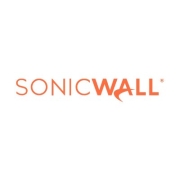

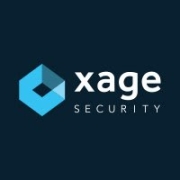
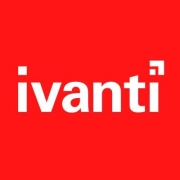





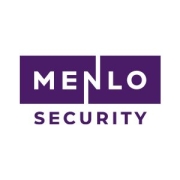

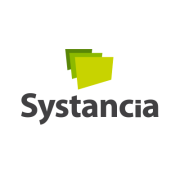

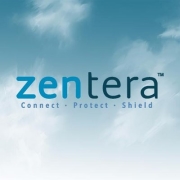
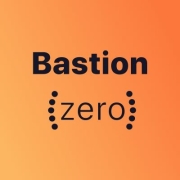





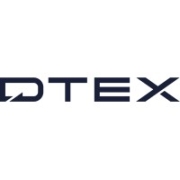
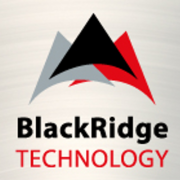

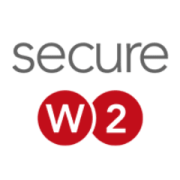










SASE, or Secure Access Service Edge, combines multiple network and security technologies into a single solution. Zero-trust defines how authentication should be performed but does not define a specific implementation like SASE does. SASE focuses less on the details of security than on the deployment model, while still following zero-trust principles. Rather than SASE being a set of standards to follow, it is more of a philosophical approach. While SASE is an identity-centric secure access platform, it utilizes zero-trust capabilities and supports the implementation of a zero-trust model to ensure secured access among applications, services, endpoints, and distributed users.
Although ZTNA (Zero Trust Network Access) is just a small part of SASE (Secure Access Service Edge), when enterprises leverage the SASE architecture, they receive the benefits of ZTNA, as well as a full suite of network security solutions that is not only highly scalable but also simple to manage. When combined with SASE, ZTNA is more granular, more secure, faster, and more reliable. When properly executed, SASE makes businesses more agile in a constantly changing world.
It is clear that ZTNA is the next evolution of VPN (virtual private network). With so many people accessing critical resources and applications from outside the network perimeter, it is obvious why security experts are shifting away from the paradigm of an open network built around inherent trust and moving toward a zero-trust model. The authentication method that ZTNA technology uses is both superior for users and more powerful for security teams. As businesses look to keep today’s highly complex networks secure, ZTNA seems like more and more of a reliable and promising alternative.
ZTNA provides a robust security framework by ensuring that only authenticated and authorized users can access specific applications. Unlike traditional VPNs, which grant network access, ZTNA restricts users to what they need for their roles. This minimizes exposure to threats and reduces the attack surface. With remote work becoming a norm, ZTNA ensures secure and seamless access for employees, protecting sensitive corporate data from external threats while improving compliance.
What are the key benefits of implementing ZTNA?ZTNA offers numerous benefits including improved security posture by using a least-privilege model. It reduces the risk of lateral movement within networks, enhances visibility, and control over user access. Simplified management and scalability make it ideal for modern enterprises. Additionally, ZTNA can seamlessly integrate with existing security architectures for comprehensive protection without disrupting operations.
How does ZTNA differ from VPN solutions?While both ZTNA and VPN offer remote access, they operate differently. VPN extends a network to users, potentially exposing all resources to anyone with access. In contrast, ZTNA restricts access to specific applications based on identity verification. This prevents unauthorized access and shields the network from potential breaches. ZTNA's approach is more aligned with today’s security demands where access control at an application level is crucial.
Which businesses benefit most from ZTNA solutions?Organizations with a highly mobile workforce, those embracing cloud services, and companies with stringent compliance requirements benefit the most from ZTNA solutions. Industries such as finance, healthcare, and technology, where sensitive data protection is critical, find ZTNA particularly advantageous. It supports hybrid cloud environments well and addresses the security needs of businesses migrating to the digital workplace.
What considerations should be made when choosing a ZTNA provider?Selecting a ZTNA provider involves assessing their ability to seamlessly integrate with your existing infrastructure. Evaluate their security features, scalability, and user experience. Consider their track record and customer support quality. Also, check if the provider offers insights and analytics for continuous monitoring and a demonstration of compliance with industry standards. Align their solutions with your organizational needs to ensure a strategic fit.